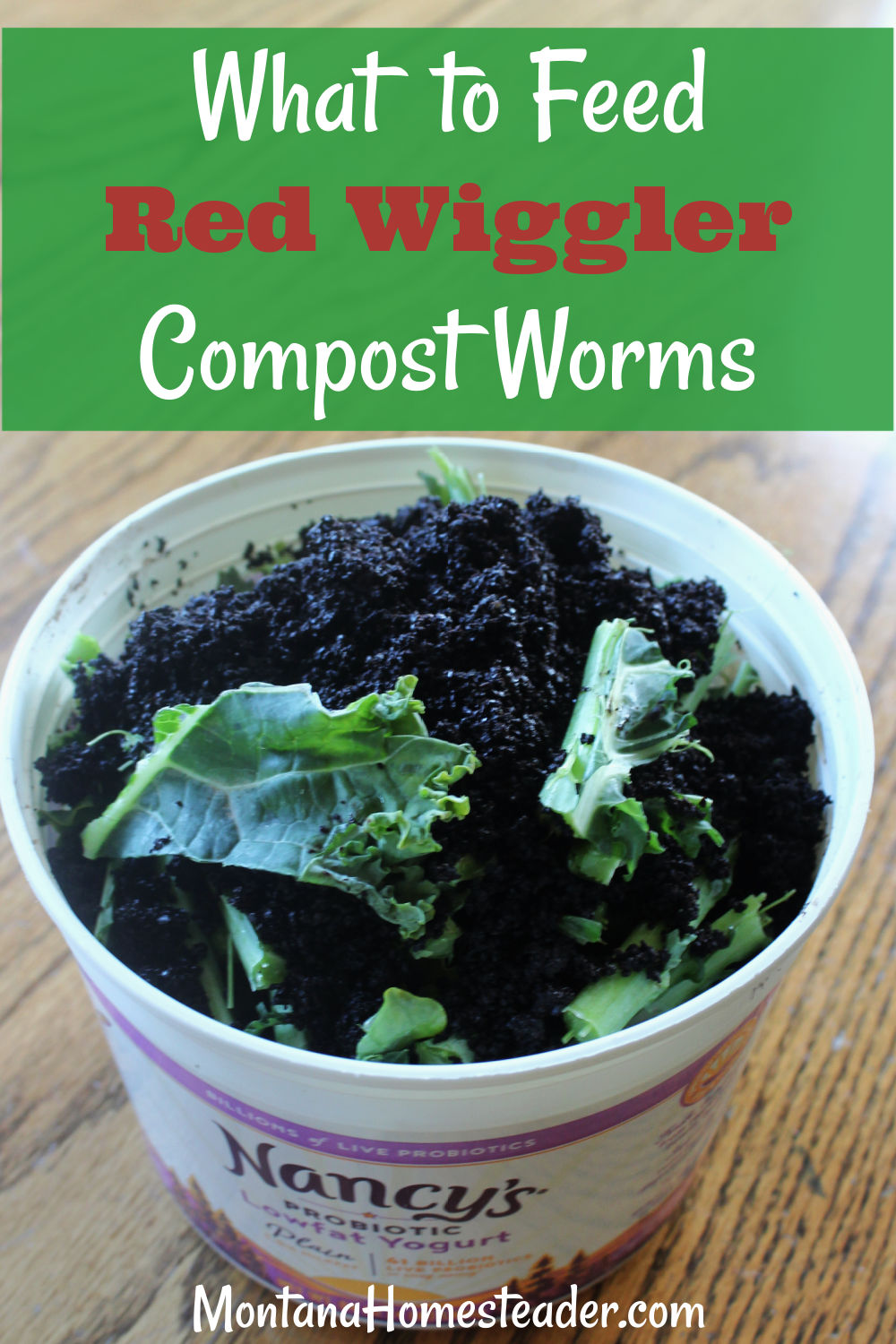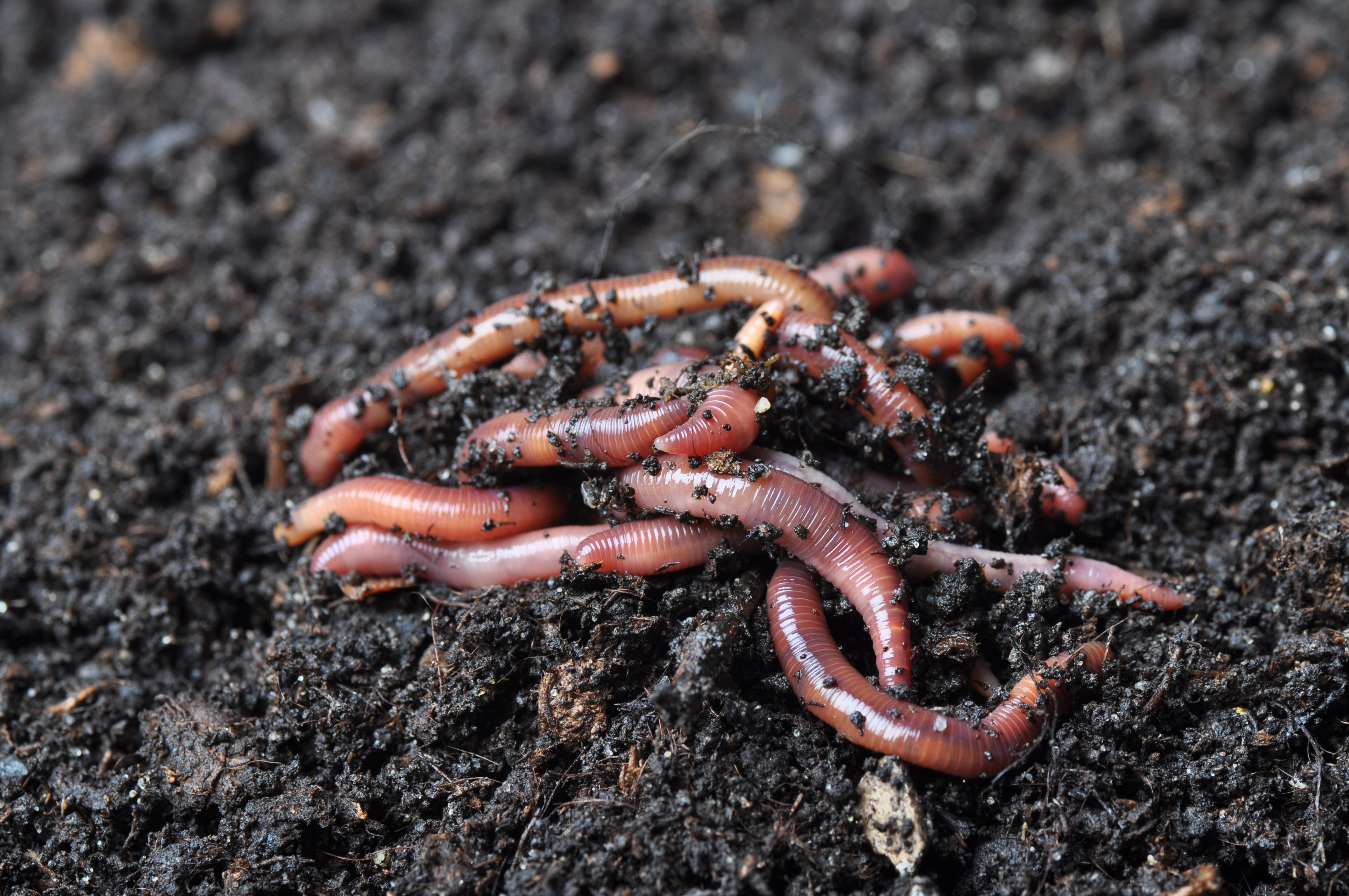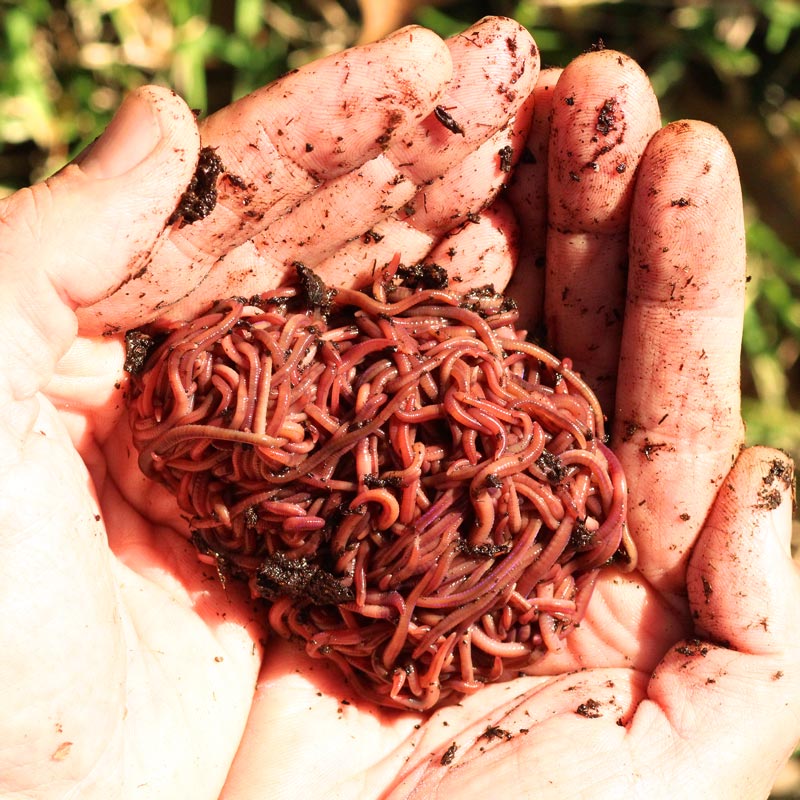Red Wigglers: The Unsung Heroes of Organic Waste Recycling
Red wigglers, or Eisenia fetida, serve as critical agents in the organic waste reusing process, changing disposed of products into useful vermicompost. As the globe progressively looks for remedies to combat waste accumulation and enhance agricultural productivity, comprehending the role of these worms comes to be vital.
What Are Red Wigglers?
The impressive durability of red wigglers, scientifically known as Eisenia fetida, emphasizes their essential function in natural waste recycling. These small, reddish-brown earthworms are normally located in breaking down raw material, such as compost stacks and manure lots. Lake Hickory Bait. Unlike various other earthworm species, red wigglers thrive in nutrient-rich atmospheres and are highly effective at breaking down natural materials, making them essential for vermicomposting

Advantages of Composting With Worms
Composting with worms, especially red wigglers, uses many advantages that boost both waste administration and soil wellness. These worms effectively break down natural waste, transforming it into nutrient-rich vermicompost that enriches soil. This procedure speeds up decay, permitting a much faster recycling of cooking area scraps and various other organic materials contrasted to typical composting approaches.
In addition, the vermicompost produced by red wigglers is including valuable bacteria, which assist improve soil structure, oygenation, and moisture retention. This improves the general health of plants, promoting strenuous growth and increased yields in yards and agricultural setups. The use of worms in composting reduces the production of greenhouse gases, such as methane, contributing to an extra sustainable waste management system.

Just How to Begin Vermicomposting
Establishing a vermicomposting system is a simple process that can produce significant advantages for both waste monitoring and dirt enrichment. To begin, choose an appropriate container, such as a plastic container or wooden box, with adequate ventilation openings to make certain appropriate airflow. The dimensions ought to preferably be around 2 feet by 3 feet, permitting enough area for the worms to prosper.
Following, prepare bed linens material, which can contain shredded newspaper, cardboard, or coconut coir. This bed linen ought to be moistened to develop an ideal environment for the worms. As soon as the bed linens remains in area, present red wigglers (Eisenia fetida) right into the container, generally around one pound of worms for each square foot of surface.
Following the positioning of worms, include organic waste, such as fruit and veggie scraps, coffee premises, and crushed eggshells. With these actions, you will successfully start a vermicomposting system that contributes to lasting waste administration and enhances your soil.
Preserving a Healthy And Balanced Worm Bin
Oygenation is essential. Delicately blending the bed linen and food scraps every few weeks prevents compaction and ensures that all worms have Lake Rhodhiss Bait accessibility to oxygen. Additionally, it is very important to feed the worms appropriately. A well balanced diet of vegetables and fruit scraps, coffee grounds, and crushed eggshells need to be provided in small amounts to stay clear of overfeeding, which can result in smells and pests.
Temperature level policy is one more vital element. Red wigglers grow in a variety of 55 to 77 levels Fahrenheit. If the container becomes also hot or chilly, the worms may come to be stressed - Lake Hickory Bait. Periodically check for indicators of health, such as worm population development and the presence of healthy spreadings. By faithfully managing these factors, one can maintain a durable and productive worm container.
Influence On Sustainable Living
The effective maintenance of a worm container not just benefits the health and wellness of red wigglers however also adds substantially to lasting living practices. By recycling natural waste, such as cooking area scraps and yard debris, red wigglers aid divert considerable quantities of material from landfills. This reduction in waste not only reduces greenhouse gas discharges yet likewise reduces the environmental worry associated with waste management.
Moreover, the castings created by red wigglers offer as a nutrient-rich organic plant food, boosting dirt health and advertising plant growth. This all-natural choice to chemical plant foods sustains lasting agriculture and horticulture practices, decreasing dependence on artificial inputs that can hurt communities. Additionally, worm composting promotes awareness of waste administration, motivating individuals and communities to take on even more lasting practices.

Final Thought
In recap, red wigglers serve as vital contributors to organic waste recycling through their reliable disintegration of organic materials. By incorporating vermicomposting into waste monitoring strategies, individuals and areas can significantly decrease waste while advertising environmental sustainability.
Comments on “Lake Hickory Bait: Your Resource for Enjoyable Fishing on the Lake”